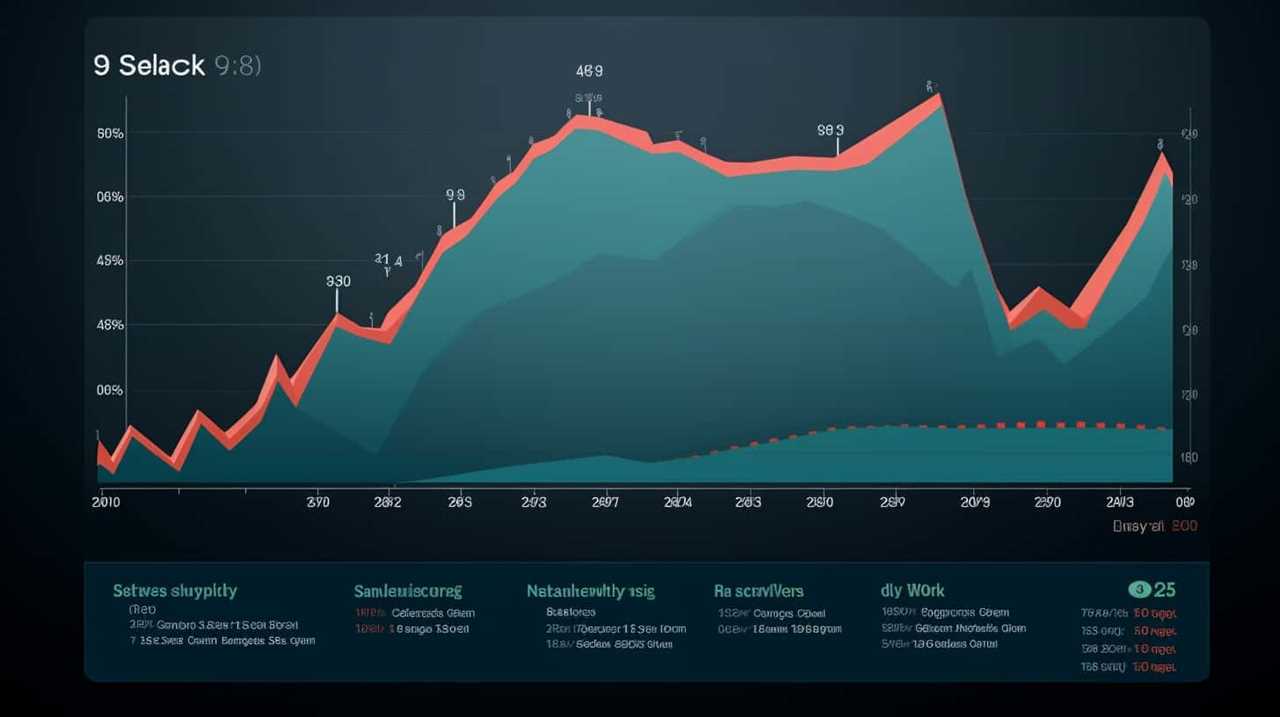We’ve mastered content marketing, yet a new trend is pushing the boundaries of everything we thought we knew. This trend is Holistic SEO.
It’s the game-changer that’s shifting our focus from keywords to user experience, embracing content relevance like never before.
And the power of link building? It’s taking on a whole new meaning in this data-driven era.
Join us as we explore the rise of holistic SEO and how it’s revolutionizing content optimization.

Get ready to master the next frontier of digital marketing.
Key Takeaways
- Holistic SEO integrates social media into SEO strategies to enhance visibility and improve search rankings.
- Enhancing user experience through mobile optimization, fast loading times, and interactive elements is crucial in content marketing.
- Content optimization based on user intent and relevance improves search engine rankings and user experience.
- Strategic link building and continuous monitoring of backlinks strengthen content authority and visibility in search results.
The Rise of Holistic SEO
The rise of holistic SEO has revolutionized our approach to content marketing. In today’s digital landscape, where the future of SEO is constantly evolving, it has become imperative to integrate social media into our strategies.
Holistic SEO goes beyond traditional optimization techniques and takes a more comprehensive approach, considering all aspects of a website’s performance and user experience.
By incorporating social media into our SEO efforts, we can tap into the vast potential of these platforms to enhance visibility, engage with our target audience, and drive organic traffic to our websites. With the increasing importance of social signals in search engine algorithms, a strong presence on social media is now essential for achieving higher search rankings.

Shifting Focus to User Experience
To achieve optimal results in content marketing, we prioritize enhancing user experience. User engagement and mobile optimization are key factors in creating a seamless and enjoyable experience for our audience. By focusing on these aspects, we can ensure that our content isn’t only easily accessible on mobile devices but also engages users and keeps them coming back for more.
In today’s digital landscape, mobile devices are increasingly becoming the preferred method of accessing content. Therefore, it’s crucial to optimize our content and websites for mobile devices to provide a seamless experience for users. This includes ensuring fast loading times, easy navigation, and responsive design.
User engagement is another important aspect of enhancing user experience. By creating content that’s valuable, relevant, and interactive, we can keep users engaged and encourage them to take action. This can include incorporating interactive elements such as quizzes, polls, and videos, as well as encouraging social sharing and participation.
Beyond Keywords: Embracing Content Relevance
We prioritize creating relevant content to enhance our SEO strategy. Content optimization is a crucial aspect of our approach, as it allows us to align our content with the needs and interests of our target audience.

In today’s digital landscape, search engines are becoming increasingly sophisticated in understanding the context and intent behind user queries. This is where semantic search comes into play. By focusing on content relevance, we can ensure that our website provides valuable information that matches the user’s search intent.
This not only improves our search engine rankings but also enhances the user experience by delivering meaningful and useful content. Through data-driven analysis and user-centric content creation, we can stay ahead of the curve and maintain mastery in the ever-evolving world of SEO.
The Power of Link Building in Holistic SEO
By incorporating strategic link building into our holistic SEO approach, we can further enhance the relevance and authority of our content. Link building plays a crucial role in improving search engine rankings and driving organic traffic to our website. Here are four key points to consider when implementing link building strategies:
- Link acquisition strategies: It’s important to adopt a diverse range of link acquisition strategies, such as guest blogging, influencer outreach, and content partnerships, to build a strong and natural backlink profile.
- Quality vs quantity in link building: Focus on acquiring high-quality backlinks from authoritative and relevant websites, rather than simply aiming for a large number of low-quality links. Quality links have a greater impact on search engine rankings and can drive targeted traffic to our site.
- Link relevance: Ensure that the links we acquire are relevant to our content and industry. This helps search engines understand the context of our website and improves our overall visibility in search results.
- Link monitoring and optimization: Continuously monitor the performance of our backlinks and optimize them when necessary. This involves removing toxic or irrelevant links and updating anchor texts to improve the overall link profile.
By implementing these link building strategies, we can strengthen the authority and relevance of our content, leading to improved search engine rankings and increased organic traffic to our website.

Transitioning to the next section, data-driven decision making in content optimization allows us to further maximize the effectiveness of our SEO efforts.
Data-driven Decision Making in Content Optimization
Using data-driven insights, we can make informed decisions to optimize our content for maximum effectiveness.
Data analysis plays a crucial role in content optimization as it provides us with valuable information about our audience’s preferences and behaviors. By analyzing data, we can identify patterns and trends that help us understand what type of content resonates best with our target audience.
This allows us to create content that’s tailored to their needs and interests, ultimately increasing our chances of conversion.

Additionally, data analysis enables us to track and measure the performance of our content, including its conversion rate. By monitoring these metrics, we can make data-driven adjustments and optimizations to continuously improve our content and drive better results.
Frequently Asked Questions
How Does Holistic SEO Impact Website Design and User Interface?
Holistic SEO impacts website design and user interface by prioritizing website optimization and enhancing UX design. It focuses on creating a user-centric experience, incorporating data-driven strategies, and optimizing keywords to improve website performance and user satisfaction.
What Are Some Common Misconceptions About Holistic Seo?
Misconceptions about holistic SEO can impact rankings. It’s important to understand that holistic SEO isn’t just about keywords, but also user experience, content quality, and technical aspects.
How Does the Shift Towards User Experience Affect Keyword Research in Holistic Seo?
When it comes to content optimization, understanding user intent is crucial. The shift towards user experience in holistic SEO means that keyword research must now prioritize the needs and preferences of users.

Can You Provide Examples of Content Relevance Strategies in Holistic Seo?
Content optimization in holistic SEO involves using semantic keywords to ensure relevance. Strategies include conducting keyword research, analyzing user intent, creating high-quality content, optimizing meta tags, and leveraging internal linking.
How Does Data-Driven Decision Making Play a Role in Optimizing Content for Holistic Seo?
In optimizing content for holistic SEO, data-driven decision making plays a crucial role. By analyzing keyword research and using content relevance strategies, we can optimize our content to meet user needs and improve search engine rankings.
Conclusion
In conclusion, holistic SEO is the game-changer that’s revolutionizing content marketing. By focusing on user experience and embracing content relevance, we can optimize our websites to meet the ever-changing demands of search engines.
Link building becomes our secret weapon in this data-driven battle, helping us climb the ranks and attract more organic traffic.

So let’s bid farewell to outdated keyword strategies and embrace the power of holistic SEO, where data, keywords, and user-centricity reign supreme.
Let the optimization games begin!










